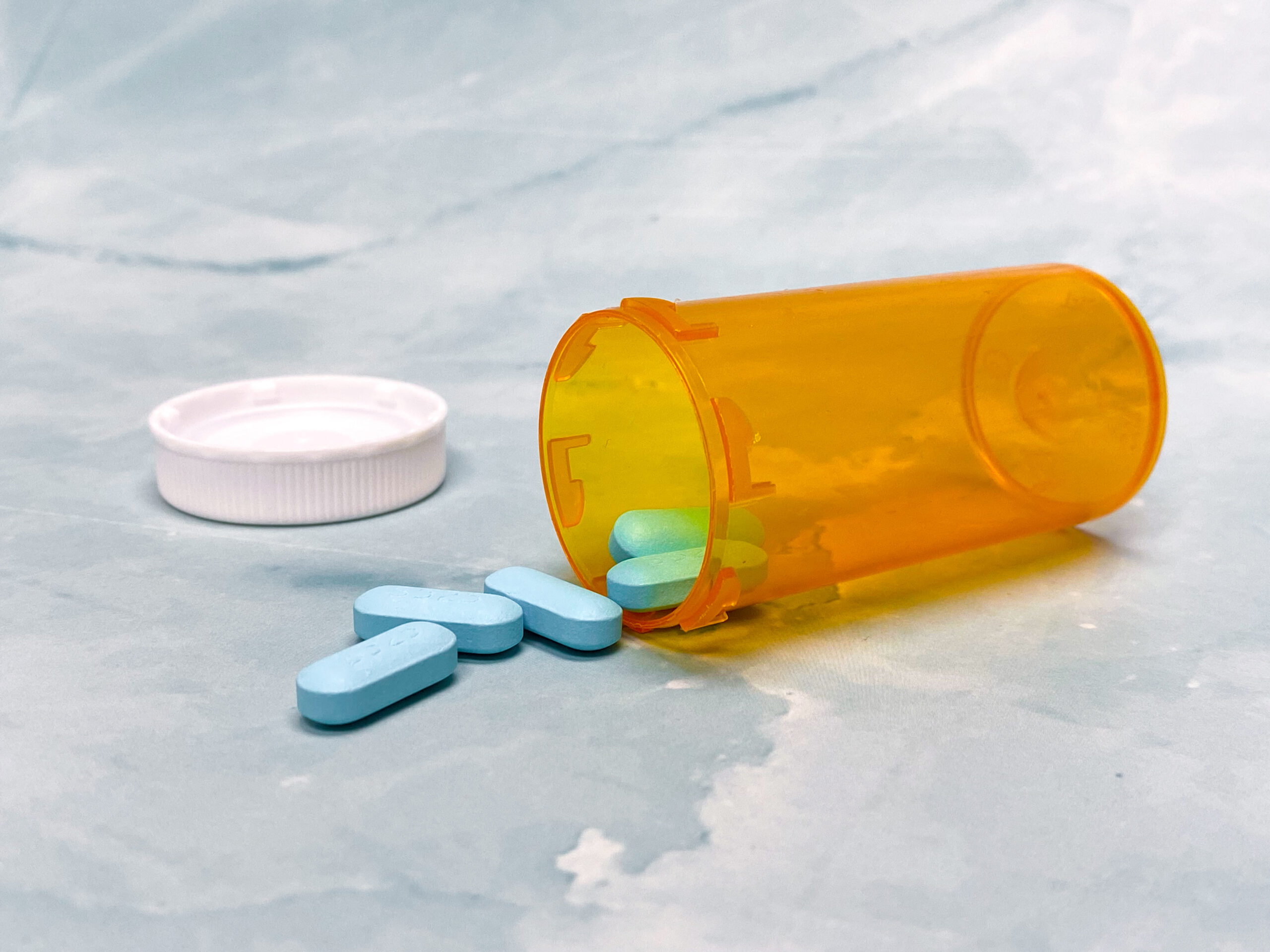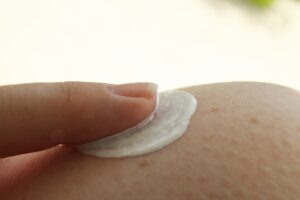Cefixime Tablets: Uses, Dosage, and More – In the world of antibiotics, cefixime tablets have emerged as a potent weapon against a wide range of bacterial infections. Whether you’re a healthcare professional or an individual seeking information about this medication, you’re in the right place. This comprehensive guide will delve into the uses, dosage, side effects, and everything you need to know about cefixime tablets.
What Are Cefixime Tablets?
Cefixime is a broad-spectrum antibiotic belonging to the cephalosporin class. It is highly effective against various bacterial infections and is commonly prescribed for both adults and children.
Understanding the Mechanism
Cefixime works by inhibiting the growth of bacteria in the body. It does so by interfering with the synthesis of the bacterial cell wall, weakening the microorganisms and making it easier for the body’s immune system to eliminate them.
Common Uses
Cefixime tablets find application in treating a multitude of bacterial infections. Here are some common conditions for which they are prescribed:
1. Respiratory Tract Infections
Cefixime is often used to combat infections like bronchitis, pneumonia, and sinusitis.
2. Urinary Tract Infections (UTIs)
UTIs can be painful and recurrent. Cefixime can help eliminate the bacteria responsible for these infections.
3. Ear Infections
Ear infections, especially in children, can be distressing. Cefixime can alleviate the pain and discomfort caused by these infections.
4. Gonorrhea
This sexually transmitted infection can be effectively treated with cefixime.
Dosage Guidelines
Proper dosage is crucial to ensure the effectiveness of cefixime and to minimize the risk of antibiotic resistance. Dosage recommendations vary depending on the type and severity of the infection, as well as the patient’s age.
1. Respiratory Infections
For adults, the typical dosage is 400 mg daily. In more severe cases, the dosage may be increased.
2. Urinary Tract Infections
A common dosage is 200 mg twice a day.
3. Ear Infections
Children are usually prescribed a lower dose, while adults may require 400 mg daily.
4. Gonorrhea
A single 400 mg dose is often sufficient to treat gonorrhea effectively.
Precautions and Side Effects
While cefixime is generally safe and well-tolerated, it’s essential to be aware of potential side effects and take precautions.
Common Side Effects
- Nausea
- Diarrhea
- Abdominal pain
Rare Side Effects
- Allergic reactions
- Severe skin rashes
Conclusion
Cefixime tablets are a valuable tool in the fight against bacterial infections. When used correctly and under the guidance of a healthcare professional, they can provide relief and promote a swift recovery. However, it’s crucial to take antibiotics responsibly to prevent the development of antibiotic resistance.
Frequently Asked Questions (FAQs)
- Can I drink alcohol while taking cefixime tablets?
- It’s generally best to avoid alcohol while on antibiotics, as it can reduce their effectiveness.
- How long should I take cefixime tablets?
- Follow your healthcare provider’s instructions. It’s essential to complete the full course, even if you start feeling better.
- Are there any dietary restrictions with cefixime?
- There are no specific dietary restrictions, but taking it with food may help reduce stomach discomfort.
- Can I give cefixime tablets to my child?
- Yes, cefixime is often prescribed to children. However, always follow the pediatrician’s recommended dosage.
- What should I do if I miss a dose of cefixime?
- If you miss a dose, take it as soon as you remember. However, if it’s almost time for your next dose, skip the missed one and continue with your regular schedule.




